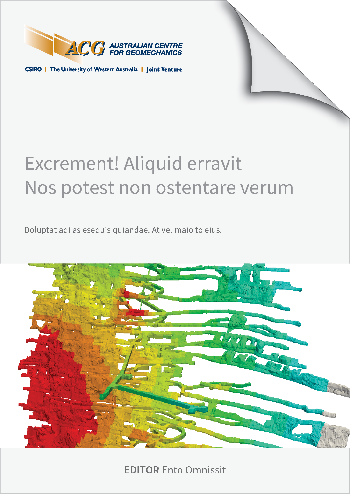Private 5G networks in underground mines

|
Authors: Emontsbotz, JJ; Lottermoser, BG |
DOI https://doi.org/10.36487/ACG_repo/2435_N-01
Cite As:
Emontsbotz, JJ & Lottermoser, BG 2024, 'Private 5G networks in underground mines', in Daniel Johansson & Håkan Schunnesson (eds), MassMin 2024: Proceedings of the International Conference & Exhibition on Mass Mining, Luleå University of Technology, Luleå, pp. 1216-1228, https://doi.org/10.36487/ACG_repo/2435_N-01
Abstract:
The fifth generation of mobile communications, 5G, has brought substantial progress to networked and adaptive systems across various application domains. As the development of 5G has been explicitly tailored to the needs of industry, a broad knowledge of the technology has been built up in industrial production. By contrast, in industries characterised by demanding and challenging operational conditions, like surface and underground mining, the performance and potential of 5G networks have only been studied to a limited extent. Only a limited number of mine sites have tested applications, and even fewer scientific publications have presented the results. The 5G.NAMICO research project aims to bridge the gap by setting up a dedicated 5G network at an underground salt mine in Sondershausen, Germany. Its performance was evaluated using established network test protocols. Conventional radios and varying radiating cable configurations were tested in field trials. Network tests demonstrated that 5G can deliver extensive area coverage, high bandwidths, and low latencies in the trial field. Conventional radios and radiating cables produce varying signal strength, bandwidth, and coverage results, especially in different drift configurations and topographies. The results imply that combining both antenna technologies can create expansive and high-performing networks in underground mines, affirming 5G networks' potential to support network-intensive applications like real-time production monitoring and teleoperation, promoting more efficient and safe operations.
© Copyright 2025, Australian Centre for Geomechanics (ACG), The University of Western Australia. All rights reserved.
View copyright/legal information
Please direct any queries or error reports to repository-acg@uwa.edu.au
View copyright/legal information
Please direct any queries or error reports to repository-acg@uwa.edu.au